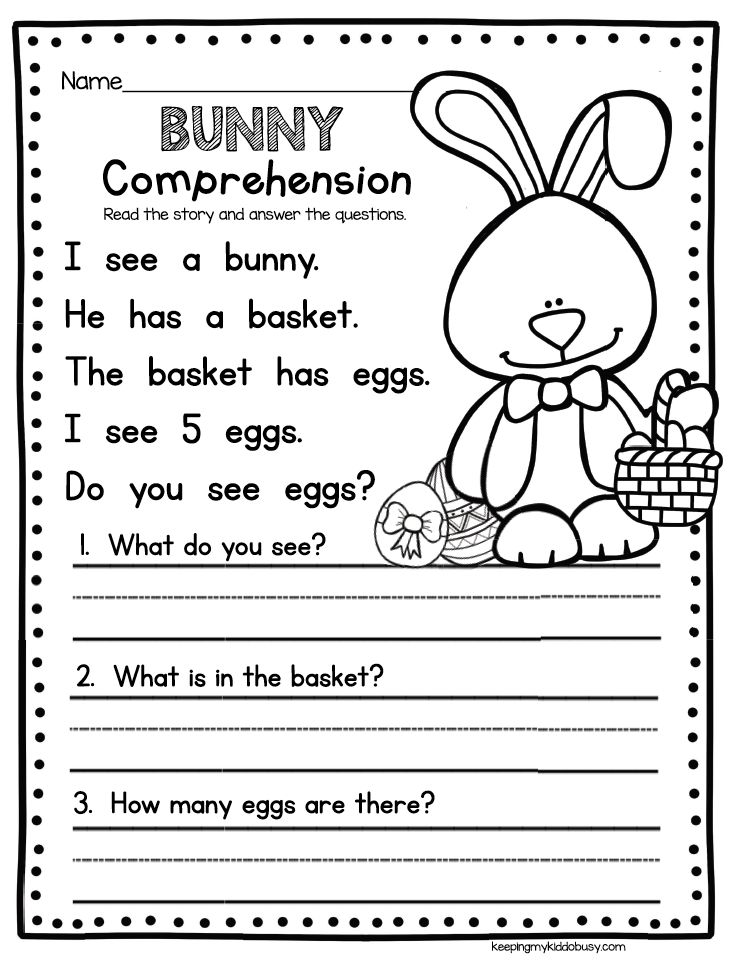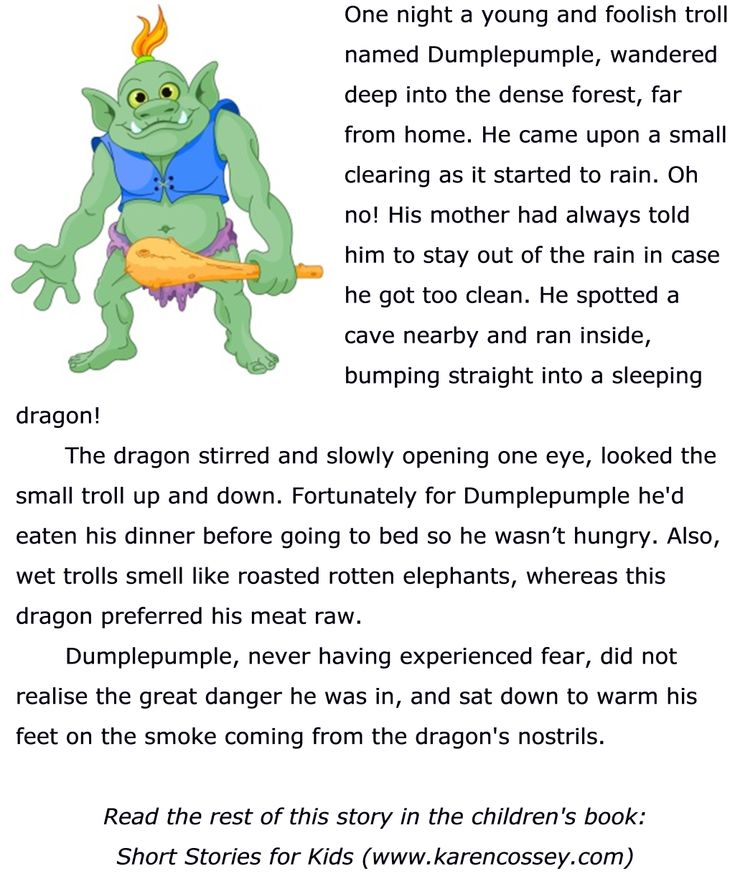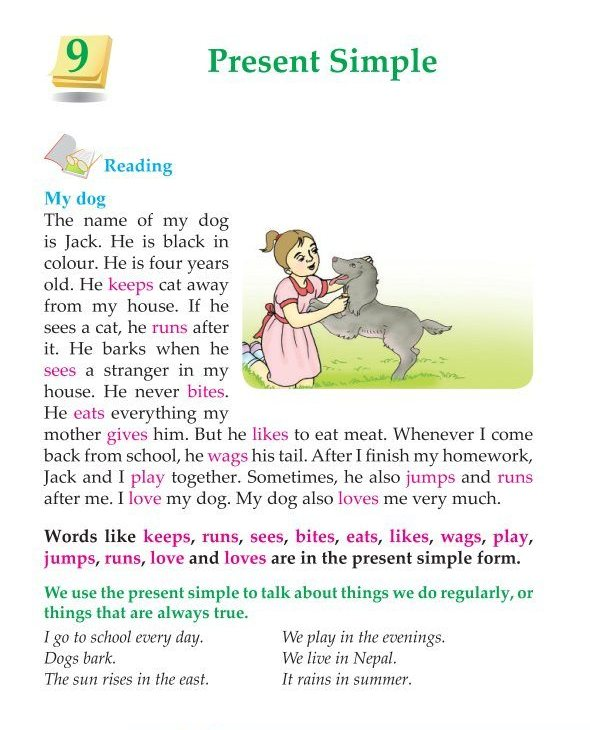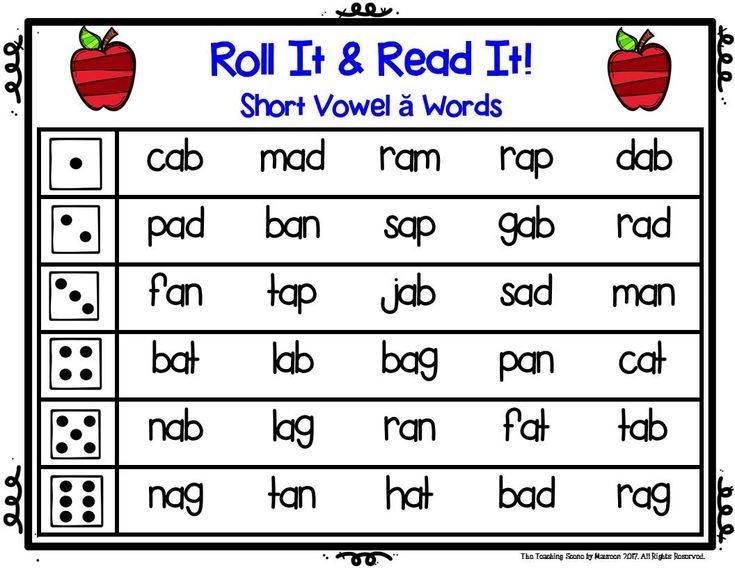Clickety clack cows that type
Click Clack Moo: Cows That Type
None Read along about when the cows unite to improve their working conditions. Click, clack, moo! Click, clack, moo! Clickety, clack, moo! Farmer Brown can’t believe his ears. “Cows that type?” he says. Then he sees what they’re typing—their demands! It gets cold in the barn at night so they want electric blankets! Farmer Brown refuses to meet their demands and receives another note. The cows go on strike—no milk! Cows refusing to give milk? They’re cows! Farmer Brown still refuses and gets ANOTHER typed note. Now the hens are getting involved. Read along to this amusing story about a farmer in a demanding situation. Who do you agree with? Why? show full description Show Short DescriptionAnimals
Enjoy fun, animal stories for kids including bedtime favorites like Is Your Mama a Llama and Piggies in the Pumpkin Patch.
view all
Is Your Mama a Llama?
All About Kangaroos
Aggie and Ben: The Surprise
Aggie and Ben: Just Like Aggie
Aggie and Ben: The Scary Thing
Aggie the Brave: Get Well Soon
Aggie the Brave: A Visit to the Vet
Aggie the Brave: The Long Day
Good Dog, Aggie: Aggie At School
Good Dog, Aggie: Aggie in Training
Mechanimals
Click Clack Moo: Cows That Type
Who Am I? Wild Animals
Sweet Tweets: Five Little Ducks
Piggies in the Pumpkin Patch
One membership, two learning apps for ages 2-8.
TRY IT FOR FREE
Full Text
Farmer Brown has a problem. His cows like to type. All day long he hears Click, clack, moo. Click, clack, moo. Clickety, clack, moo. At first, he couldn’t believe his ears. Cows that type? Impossible! Click, clack, moo. Click, clack, moo. Clickety, clack, moo. Then, he couldn’t believe his eyes. \t“Dear Farmer Brown, \tThe barn is very cold at night. \tWe’d like some electric blankets. \tSincerely, \tThe Cows” It was bad enough the cows had found the old typewriter in the barn. Now they wanted electric blankets! “No way,” said Farmer Brown. “No electric blankets.” So the cows went on strike. They left a note on the barn door: \t“Sorry. \tWe’re closed. \tNo milk today.” “No milk today!” cried Farmer Brown. In the background, he heard the cows busy at work: Click, clack, moo. Click, clack, moo. Clickety, clack, moo. The next day, he got another note: “Dear Farmer Brown, The hens are cold too.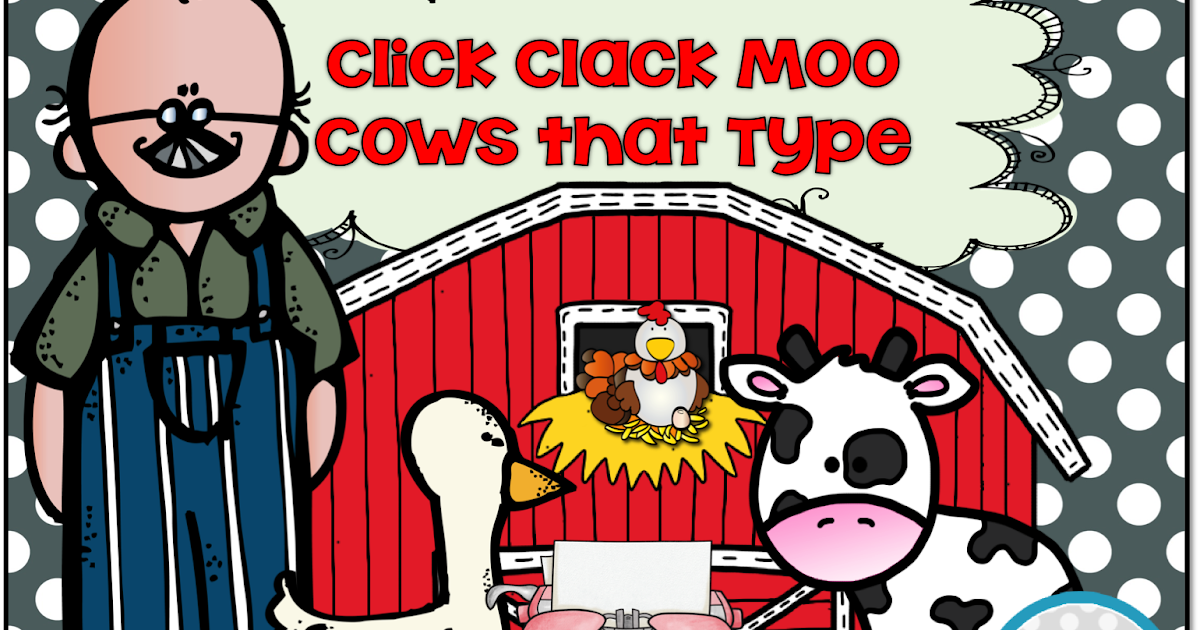 They’d like electric blankets. Sincerely, The Cows” The cows were growing impatient with the farmer. They left a new note on the barn door: “Closed. No Milk. No Eggs.” “No eggs!” cried Farmer Brown. In the background he heard them. Click, clack, moo. Click, clack, moo. Clickety, clack, moo. “Cows that type. Hens on strike! Whoever heard of such a thing? How can I run a farm with no milk and no eggs?” Farmer Brown was furious. Farmer Brown got out his own typewriter. “Dear Cows and Hens: There will be no electric blankets. You are cows and hens. I demand milk and eggs. Sincerely, Farmer Brown” Duck was a neutral party, so he brought the ultimatum to the cows. The cows held an emergency meeting. All the animals gathered around the barn to snoop, but none of them could understand Moo. All night long, Farmer Brown waited for an answer. Duck knocked on the door early the next morning. He handed Farmer Brown a note: “Dear Farmer Brown, We will exchange our typewriter for electric blankets.
They’d like electric blankets. Sincerely, The Cows” The cows were growing impatient with the farmer. They left a new note on the barn door: “Closed. No Milk. No Eggs.” “No eggs!” cried Farmer Brown. In the background he heard them. Click, clack, moo. Click, clack, moo. Clickety, clack, moo. “Cows that type. Hens on strike! Whoever heard of such a thing? How can I run a farm with no milk and no eggs?” Farmer Brown was furious. Farmer Brown got out his own typewriter. “Dear Cows and Hens: There will be no electric blankets. You are cows and hens. I demand milk and eggs. Sincerely, Farmer Brown” Duck was a neutral party, so he brought the ultimatum to the cows. The cows held an emergency meeting. All the animals gathered around the barn to snoop, but none of them could understand Moo. All night long, Farmer Brown waited for an answer. Duck knocked on the door early the next morning. He handed Farmer Brown a note: “Dear Farmer Brown, We will exchange our typewriter for electric blankets.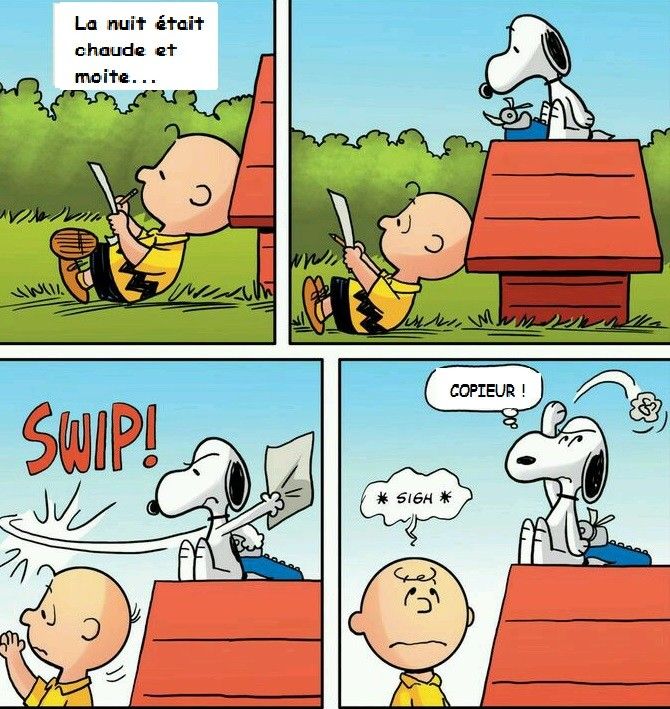 Leave them outside the barn door and we will send Duck over with the typewriter. Sincerely, The Cows” Farmer Brown decided this was a good deal. He left the blankets next to the barn door and waited for Duck to come with the typewriter. The next morning he got a note: Dear Farmer Brown, The pond is quite boring. We’d like a diving board. Sincerely, The Ducks Click, clack, quack. Click, clack, quack. Clickety, clack, quack.
Leave them outside the barn door and we will send Duck over with the typewriter. Sincerely, The Cows” Farmer Brown decided this was a good deal. He left the blankets next to the barn door and waited for Duck to come with the typewriter. The next morning he got a note: Dear Farmer Brown, The pond is quite boring. We’d like a diving board. Sincerely, The Ducks Click, clack, quack. Click, clack, quack. Clickety, clack, quack.
1
We take your child's unique passions
2
Add their current reading level
3
And create a personalized learn-to-read plan
4
That teaches them to read and love reading
TRY IT FOR FREE
Click, Clack, Moo: Cows That Type
We have updated our Privacy Policy Please take a moment to review it. By continuing to use this site, you agree to the terms of our updated Privacy Policy.
"Farmer Brown has a problem.
His cows love to type.
All day long he hears
Click, clack, moo.
Click, clack, moo.
Clickety, clack, moo."
Have you ever read a more absurd and hilarious first page of a picture book? The black-lined double-page watercolors of the big-nosed, white-bearded, straw-hatted, red-bandanna and denim-overalled Farmer Brown and his black and white, pink-nosed, smiling cows with their old-fashioned typewriter, not to mention 10 chickens and Duck, won Betsy Lewin her first Caldecott Honor, and no wonder. The paintings look so goofy and slapdash, but they're the height of bovine nirvana.
Farmer Brown can't believe his ears and his eyes when his cows post on the barn door a typed demand for electric blankets. "Cows that type? Impossible!" The farmer refuses to accede, so the cows go on strike. Their new note reads, "Sorry. We're closed. No milk today." Pretty soon, the demands escalate, with the chickens wanting electric blankets, too. They withhold their eggs. Farmer Brown is furious. "How can I run my farm with no milk and no eggs?" The frustrated old guy gets out his own typewriter and demands milk and eggs. Duck, a neutral party, brings the ultimatum to the cows, who hold an emergency meeting in the barn. Here is one of my favorite sentences ever: "All the animals gathered around the barn to snoop, but none of them could understand Moo." Cows and farmer hammer out a compromise. The cows will send Duck over with their typewriter in exchange for electric blankets. Farmer Brown agrees to it. Duck, of course, has a whole other plan.
They withhold their eggs. Farmer Brown is furious. "How can I run my farm with no milk and no eggs?" The frustrated old guy gets out his own typewriter and demands milk and eggs. Duck, a neutral party, brings the ultimatum to the cows, who hold an emergency meeting in the barn. Here is one of my favorite sentences ever: "All the animals gathered around the barn to snoop, but none of them could understand Moo." Cows and farmer hammer out a compromise. The cows will send Duck over with their typewriter in exchange for electric blankets. Farmer Brown agrees to it. Duck, of course, has a whole other plan.
For those of you adults who have ever been involved with any kind of job action at work, this book gives new meaning to terms like negotiation, compromise, and strongarm tactics. Note the back flap with the unsurprising tidbit that Doreen Cronin is an attorney (and now the author of many delectable picture books, including Diary of a Worm), who collects antique typewriters. Note, too, that your techno-hyped children may not know just what a typewriter is, so if you have one lurking in your barn, bring it out to demonstrate the click and the clack of the keys. Or just use the updated version, a computer keyboard. Don't be surprised if they start writing persuasive letters demanding more allowance, candy, and better vacations.
Or just use the updated version, a computer keyboard. Don't be surprised if they start writing persuasive letters demanding more allowance, candy, and better vacations.
Themes : ANIMALS. CHICKENS. COWS. DUCKS. HUMOR.
Also Available From:
Buy Now:
CRITICS HAVE SAID
- Cronin humorously turns the tables on conventional barnyard dynamics; Lewin’s bold, loose-lined watercolors set a light and easygoing mood that matches Farmer Brown’s very funny predicament. Kids and underdogs everywhere will cheer for the clever critters that calmly and politely stand up for their rights, while their human caretaker becomes more and more unglued.
–Publishers Weekly
IF YOU LOVE THIS BOOK, THEN TRY:
- Babcock, Chris. No Moon, No Milk. Crown, 1993.
- Becker, Suzy. Manny’s Cows: The Niagara Falls Tale. HarperCollins, 2006.
- Choldenko, Gennifer. Moonstruck: The True Story of the Cow Who Jumped Over the Moon.
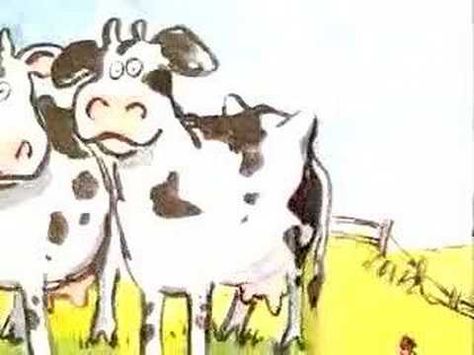 Hyperion, 1997.
Hyperion, 1997. - Cronin, Doreen. Diary of a Worm. HarperCollins, 2003. (And others in the Diary series.)
- Cronin, Doreen. Dooby Dooby Moo. Simon & Schuster, 2006.
- Cronin, Doreen. Duck for President. Simon & Schuster, 2004.
- Cronin, Doreen. Giggle, Giggle, Quack. Simon & Schuster, 2002.
- Cronin, Doreen. Thump, Quack, Moo: A Whacky Adventure. Simon & Schuster, 2008.
- Cronin, Doreen. Wiggle. Atheneum, 2005.
- Demuth, Patricia Brennan. The Ornery Morning. Dutton, 1991.
- Doyle, Malachy. Cow. McElderry, 2002.
- Egan, Tim. Metropolitan Cow. Houghton Mifflin, 1996.
- Egan, Tim. Serious Farm. Houghton Mifflin, 2003.
- Feiffer, Jules. Bark, George. HarperCollins, 1999.
- Himmelman, John. Chickens to the Rescue. Henry Holt, 2006.
- Johnson, Paul Brett. The Cow Who Wouldn’t Come Down. Orchard, 1993.

- Kirby, David, and Allen Woodman. The Cows Are Going to Paris. Caroline House, 1991.
- Krosoczka, Jarrett J. Punk Farm. Knopf, 2005.
- Palatini, Margie. Moo Who? HarperCollins, 2004.
- Rostoker-Gruber, Karen. Rooster Can’t Can’t Cock-a-Doodle-Doo. Dial, 2004.
- Shannon, David. Duck on a Bike. Scholastic, 2002.
- Speed, Toby. Two Cool Cows. Putnam, 1995.
- Vail, Rachel. Over the Moon. Orchard, 1998.
- Waddell, Martin. Farmer Duck. Candlewick, 1992.
- Willems, Mo. Don’t Let the Pigeon Drive the Bus! Hyperion, 2003.
Brown Carpathian breed of cows: characteristics, photos, productivity
Contents
Brown Carpathian breed of cows is a breed of dairy cattle. Animals are adapted to living conditions in the breeding area. Although the animals are considered dairy, they are currently used in the dual specialization of both dairy and meat.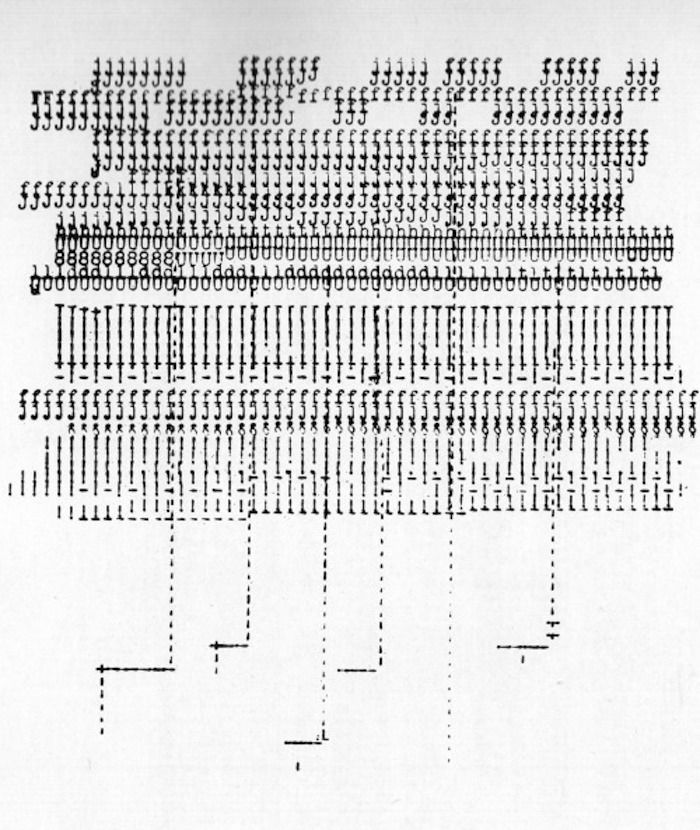 Breed selection continues to this day.
Breed selection continues to this day.
| Name | Brown Carpathian, Bura Carpathian breed, Karpatka |
| Country of origin | USSR, Ukrainian SSR |
| Specialization (direction) | Dairy |
Description of the brown Carpathian breed of cows
The breed was bred in the Transcarpathian region of the Ukrainian SSR by crossing local groups of cattle (“Ryzhka” and “Makon”) with breeds of brown Alpine cattle, originating from the Swiss. At the end of the 19th century, brown Gornoinsky, Montafonsky, Algauz and Shvitsky cattle were imported to Transcarpathia to improve local livestock. The brown Carpathian breed received official recognition at 1973 year.
As a result of crossings, two types of brown Carpathian breed appeared: mountain and valley (lowland). Cows of these types differ slightly in body structure and are adapted, respectively, to living in the mountains and lowlands.
Characteristics
Brown Carpathian breed of mountain type: has a strong and dense constitution, light dense bones, strong hoof horn. Cattle are well adapted to the conditions of foothills and mountains. The body is shortened, the chest is wide and deep. The height at the withers is 120-130 cm. The color is brown, of different shades, a light stripe along the ridge, a light ring around the nasal mirror, the tail brush is often dark. The live weight of an adult is 400-450 kg. nine0003
Brown Carpathian cattle of the valley (lowland) type: lighter, but stronger bones, less broad-bodied and their bodies are longer. The suit is usually lighter. Cattle of this type are well adapted to the lowland zone of Transcarpathia. The average weight of an adult is 450-550 kg.
Productivity
The milk productivity of mountain and valley type Carpathians also differs:
- Mountain individuals give from 2200 to 3500 kg of milk with a fat content of 3.
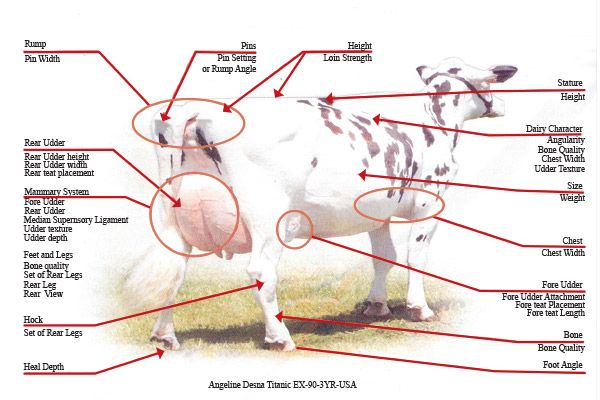 5 to 4%. nine0051 Valley cows are more productive and give 3000-4000 kg of milk with a fat content of 3.5 to 4%.
5 to 4%. nine0051 Valley cows are more productive and give 3000-4000 kg of milk with a fat content of 3.5 to 4%.
Gobies have good indicators of meat productivity. With intensive rearing bulls at 12 months of age reach a live weight of 323-355 kg, slaughter yield is 58.2%
Advantages of brown Carpathian breed
- Easily adapt to any climatic conditions;
- High immunity;
- Endurance;
- Early maturity.
Cons of brown Carpathian breed
- Exterior flaws;
- Relatively small milk yields.
Content
In summer, Carpathian brown cows are fattened on pastures, and in winter they are mainly transferred to stall keeping.
During the stall period, the Carpathian cow is given 15-20 kg of combined silage and 6-12 kg of oat or pea straw. Forb hay or sown meadow should be given for each feed intake of 15 kg per 100 kg of live weight of the animal. It would be good to give beets, as a milk-producing feed, to a cow at milking, but not more than 40 kg per day, and sugar and semi-sugar per head per day - no more than 14 kg.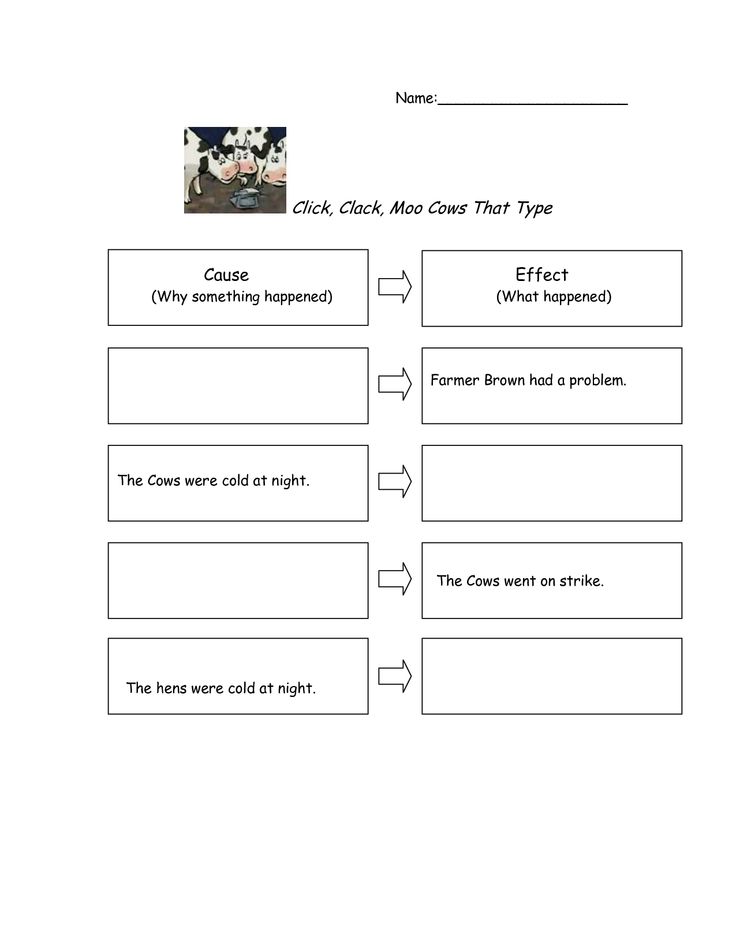 nine0003
nine0003
RIM DIGESTION OF CATTLE
In ruminant animals, of all farm animals, the stomach is the most complex - multi-chamber, divided into four sections: scar, mesh, book, the first three sections are called proventricles, the last - abomasum is a true stomach.
Rumen is the largest section of the stomach of ruminants, its capacity in cattle, depending on age, ranges from 100 to 300 liters. It occupies the entire left half of the abdominal cavity. Its inner shell has no glands, its surface is keratinized and is represented by many papillae, which roughen. nine0003
Mesh is a small rounded bag. The inner surface also has no glands. The mucous membrane is represented by protruding in the form of lamellar folds up to 12 mm high, forms cells that resemble honeycombs in appearance. With the scar, book and esophagus, the mesh communicates with the esophageal trough in the form of a semi-closed tube. The mesh in ruminants works on the principle of a sorting organ, passing only sufficiently crushed and liquefied feed into the book. nine0003
nine0003
The absence of a clear boundary between the 1st section (the scar) and the 2nd section (the mesh), as well as the free mixing of their contents, allows them to be combined into one section and called the mesh stomach. The reticulum occupies the main part of the abdominal cavity and is the heaviest internal organ. This is a muscular organ that contains 2/3 of the entire contents of the cow's gastrointestinal tract.
About half of the time required for the digestion process, the food is in the reticulum (20 - 48 hours out of a total of 40 - 72 hours). The scar is divided by strong muscular septa into cranial, dorsal and ventral sacs. These muscles contract and relax at intervals of 50 to 60 seconds. nine0003
The inner walls of the reticulum are lined with a huge number of finger-shaped papillae, which greatly increase the absorption surface of the end product of gastric fermentation (volatile fatty acids and ammonia).
The structure of the mesh stomach ensures that the fibrous part of the food is retained for the time necessary for its fermentation by microorganisms.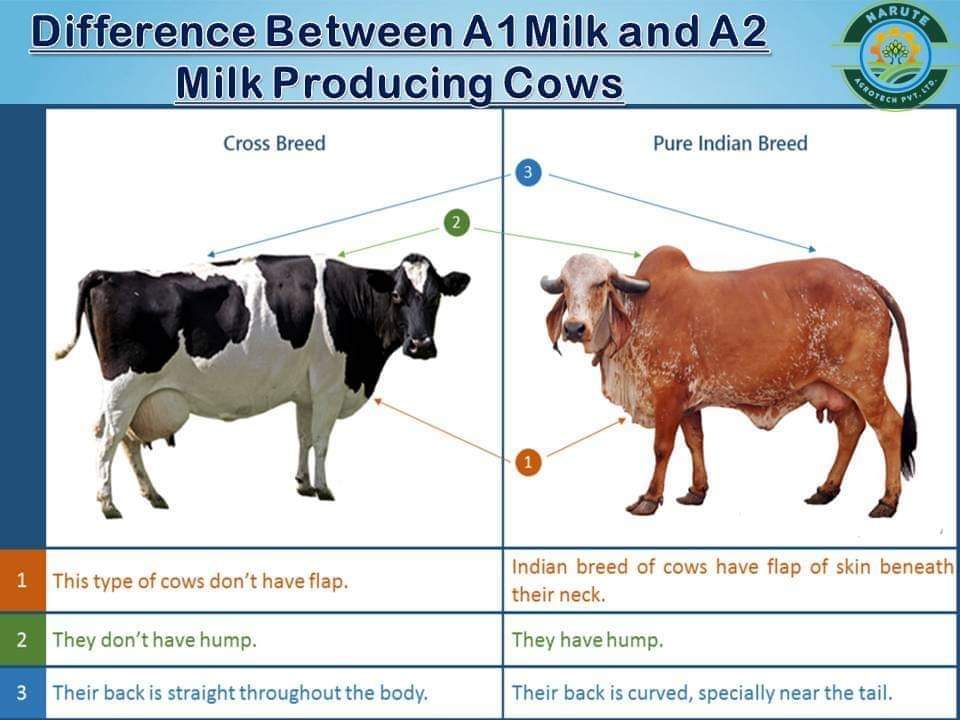 With simultaneous contraction of the scar and mesh, the mesh-cicatricial fold is displaced and the digestion product is pushed out, freeing the mesh. At the same time, small, i.e. denser particles pass through the hole connecting the mesh to the book, while larger but less dense particles enter again into the ventral part of the scar. Thus, the movement of the mesh plays an important role in sifting and sorting food particles before they leave the mesh stomach. nine0003
With simultaneous contraction of the scar and mesh, the mesh-cicatricial fold is displaced and the digestion product is pushed out, freeing the mesh. At the same time, small, i.e. denser particles pass through the hole connecting the mesh to the book, while larger but less dense particles enter again into the ventral part of the scar. Thus, the movement of the mesh plays an important role in sifting and sorting food particles before they leave the mesh stomach. nine0003
The food swallowed by the animals will first enter the vestibule of the scar, and then into the scar, from which, after some time, it returns to the oral cavity for repeated chewing and thorough wetting with saliva. This process in animals is called chewing gum. The regurgitation of the food mass from the scar into the oral cavity is carried out according to the type of vomiting, in which the mesh and the diaphragm are successively reduced, while the larynx of the animal closes and the cardiac sphincter of the esophagus opens. nine0003
nine0003
The book lies in the right hypochondrium, has a rounded shape, on the one hand it is a continuation of the grid, on the other it passes into the stomach. The book is a layer of muscle plates overlapping each other. The mucous membrane of the book is represented by folds (leaves), at the ends of which there are short, coarse papillae. The lamellar structure of the book promotes the absorption of large amounts of water and minerals. This prevents dilution of the acid secreted by the fourth part of the stomach (abomasum) and ensures the re-entry of minerals into the saliva. nine0003
The book is an additional filter and grinder for roughage. Despite the fact that the mass of the book is quite large, it contains only 5% of the entire digestible product. In an adult cow, the size of the book approaches the size of a large watermelon.
Abomasum - is a true stomach, has an elongated shape in the form of a curved pear, at the base - a thickened narrow end of which passes into the duodenum.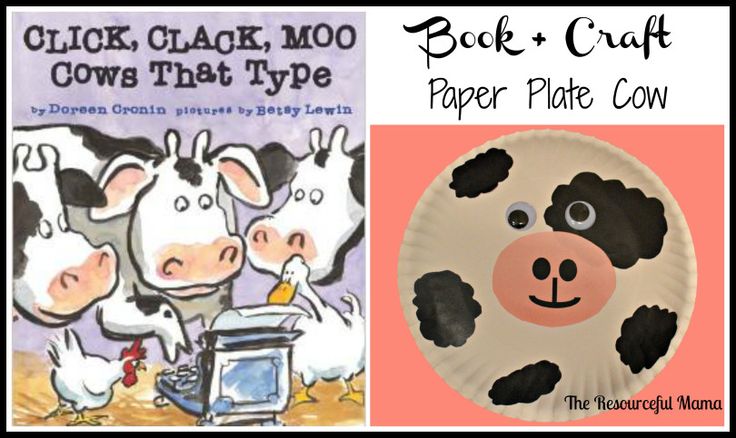 The mucous membrane of the abomasum has glands. Also, as in animals with a monogastric stomach, abomasum secretes enzymes and hydrochloric acid. The inner walls of the abomasum are lined with many folds, which greatly increases the surface area that releases enzymes and hydrochloric acid. nine0003
The mucous membrane of the abomasum has glands. Also, as in animals with a monogastric stomach, abomasum secretes enzymes and hydrochloric acid. The inner walls of the abomasum are lined with many folds, which greatly increases the surface area that releases enzymes and hydrochloric acid. nine0003
Abomasum is conditionally divided into two regions. The first of them is called the bottom and is the main place where hydrochloric acid and enzymes active in an acidic environment are released.
The second area is called pyloric. This is where the digested mass is collected. As it accumulates, through the hole connecting the abomasum with the duodenum (pylorus), the food mass is pushed further into the duodenum in the form of separate pill-like lumps (boluses). nine0003
Abomasum - is a true stomach, has an elongated shape in the form of a curved pear, at the base - a thickened narrow end of which passes into the duodenum. The mucous membrane of the abomasum has glands.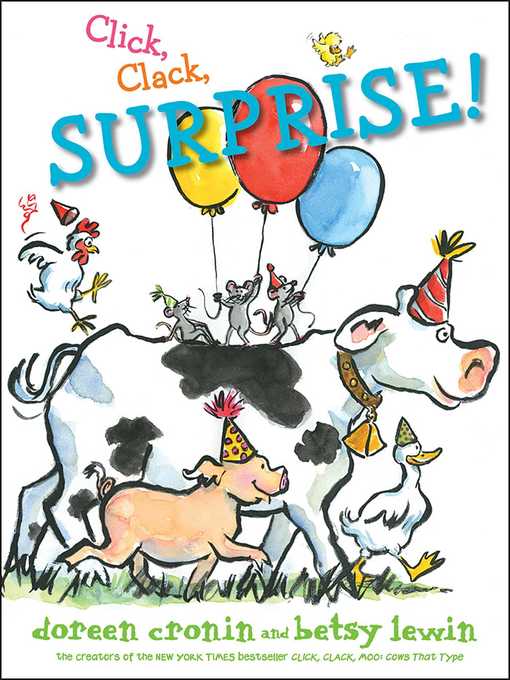 Also, as in animals with a monogastric stomach, abomasum secretes enzymes and hydrochloric acid. The inner walls of the abomasum are lined with many folds, which greatly increases the surface area that releases enzymes and hydrochloric acid.
Also, as in animals with a monogastric stomach, abomasum secretes enzymes and hydrochloric acid. The inner walls of the abomasum are lined with many folds, which greatly increases the surface area that releases enzymes and hydrochloric acid.
Abomasum is conditionally divided into two regions. The first of them is called the bottom and is the main place where hydrochloric acid and enzymes active in an acidic environment are released. nine0003
The second area is called the pyloric area. This is where the digested mass is collected. As it accumulates, through the hole connecting the abomasum with the duodenum (pylorus), the food mass is pushed further into the duodenum in the form of separate pill-like lumps (boluses).
The entrance of the esophagus into the mesh stomach and the hole connecting the mesh with the book outlet from the mesh stomach are relatively close to each other. These holes are interconnected by a groove. During the period when the calf feeds on milk, this trough rolls up into a tube, through which milk enters immediately into the abomasum, bypassing the mesh stomach, that is, digestion occurs along a shortened path. As the calf grows out of lactation age, the chute opens and stops functioning. nine0003
As the calf grows out of lactation age, the chute opens and stops functioning. nine0003
The role of the chewing process
The main functions of chewing in the digestive process are:
1. Mixing food with saliva.
2. Breaking food into small particles.
3. Increasing the solubility of substances that serve as the basis of nutrition for stomach bacteria.
4. Easy-to-swallow food boluses.
Role of salivation
Salivation has several important functions:
1. It has a strong diluting effect on acids that are formed in the rumen as a result of the fermentation of feed by microorganisms.
2. Promotes strong moistening of food particles, which greatly facilitates their free movement into the rumen and back, for additional chewing.
3. Maintains a healthy reticulum environment (contains large amounts of sodium and other mineral salts, carbonic acid and phosphates, which limit the drop in pH - i.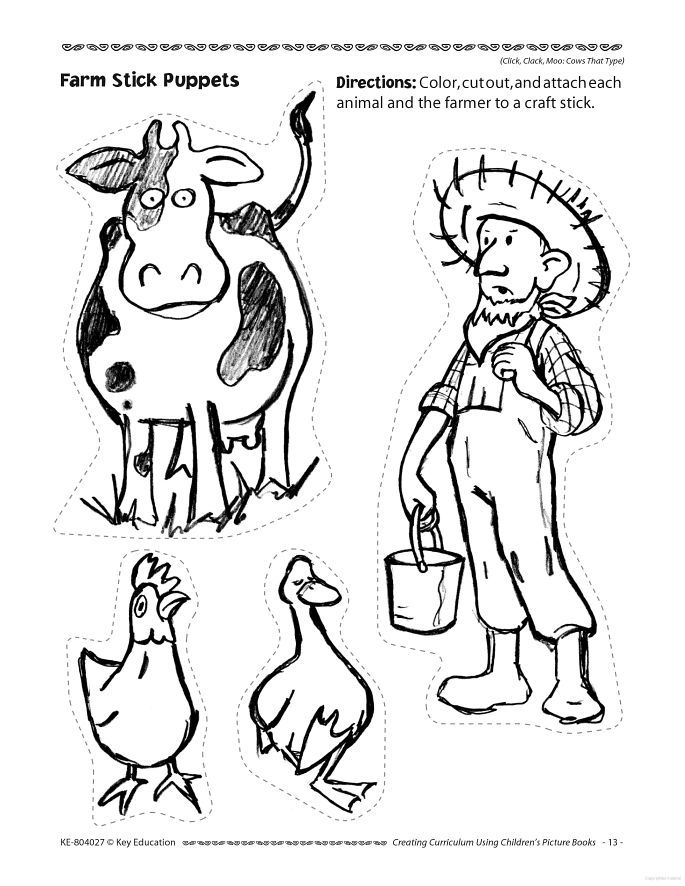 e. the increase in acidity.
e. the increase in acidity.
4. Saliva forms food boluses.
5. Saliva provides nutrients for rumen bacteria: nitrogen in the form of urea, as well as mineral salts such as sodium, chlorine, phosphorus and magnesia.
6. Saliva prevents swelling (tympania) as it contains mucin, which has antifoaming properties.
Salivation occurs at a rate of 120 ml/min during meals and about 150 ml/min while chewing gum. When the cow stops chewing, the saliva flow rate drops to 60 ml/min. nine0003
The intensity of salivation depends on the composition of the feed consumed. A greater amount of it is released when roughage is consumed in unground form. Salivation is sharply reduced when taking crushed feed or concentrates.
In the absence of saliva, the acidity of the retinal stomach increases, which leads to a decrease in the activity of microorganisms, loss of appetite and the development of acidosis.
The role of chewing gum
When chewing gum, food boluses (boluses) from the rumen regurgitate into the mouth for additional chewing.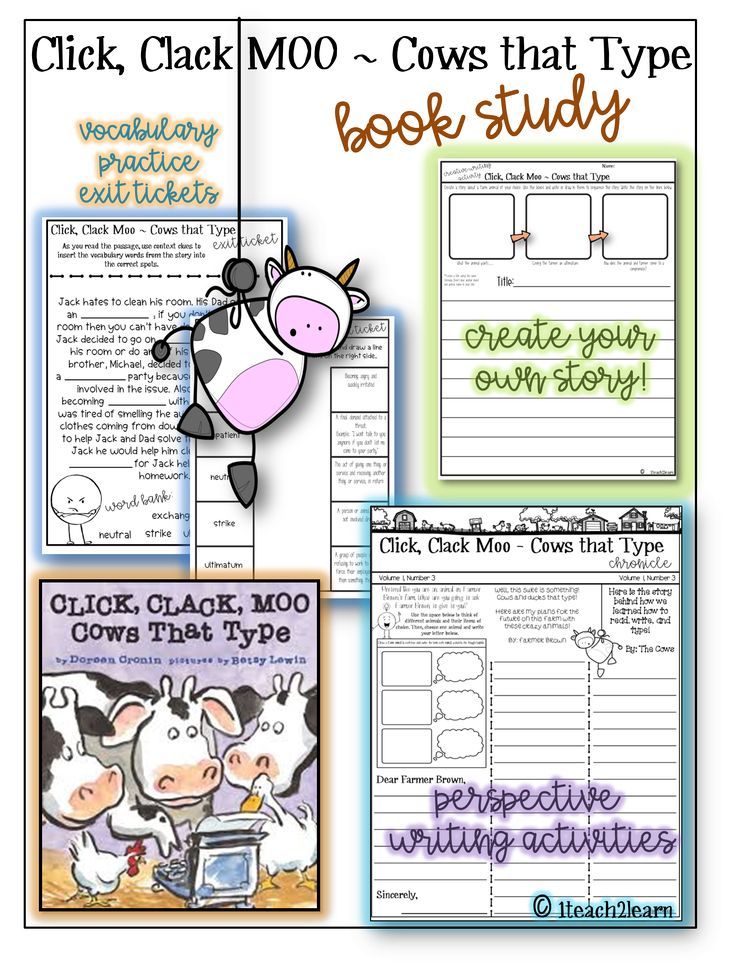 When chewing, the boluses are compressed and the resulting liquid and small food particles are immediately swallowed. Large food particles are chewed for 50-60 seconds and then also swallowed. Chewing gum is a vital part of the normal digestive process and the absorption of fiber. The main functions of chewing gum are as follows:
When chewing, the boluses are compressed and the resulting liquid and small food particles are immediately swallowed. Large food particles are chewed for 50-60 seconds and then also swallowed. Chewing gum is a vital part of the normal digestive process and the absorption of fiber. The main functions of chewing gum are as follows:
Chewing gum increases salivation.
Under the influence of chewing, there is a decrease in the size of food particles and an increase in their density (the residence time of food particles in the rumen depends on these characteristics).
Chewing gum helps separate food particles that are ready to emerge from the rumen from those that need more time to fully ferment.
As a result of chewing the gum, the fibrous structures are crushed, which increases the surface of the action of microorganisms on them, and hence their digestibility. nine0003
Chewing gum is a prerequisite for grinding and further digestion of roughage. It usually begins shortly after the end of the feed intake, when it undergoes softening and liquefaction in the rumen.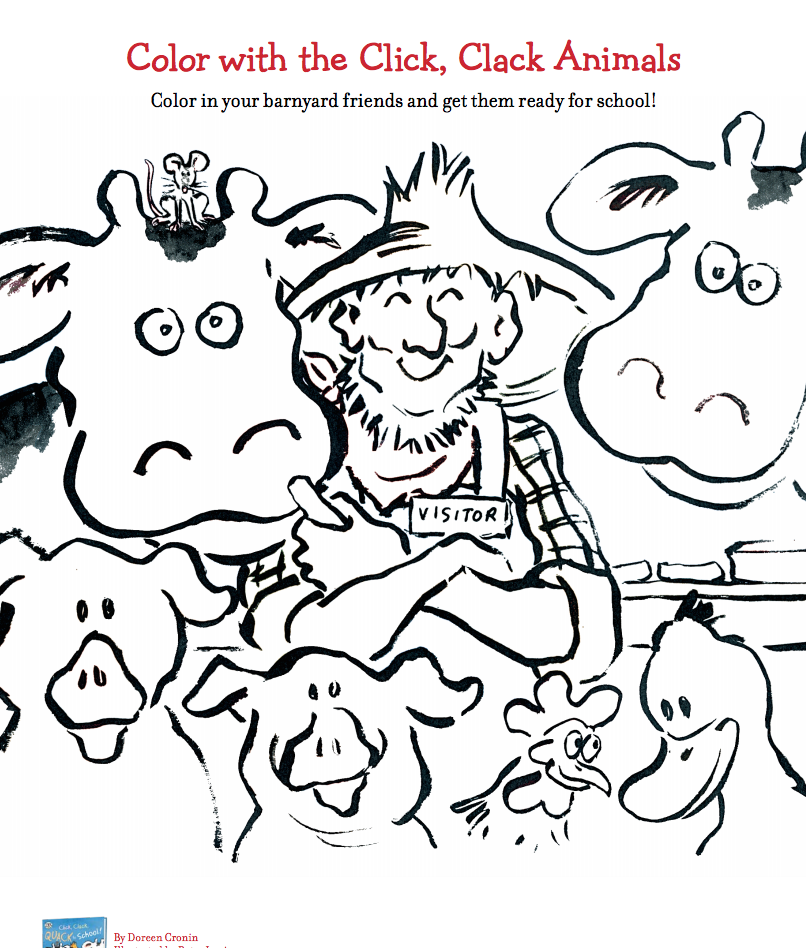 Most often, rumination occurs when the animals are completely at rest, when they lie down.
Most often, rumination occurs when the animals are completely at rest, when they lie down.
Chewing gum in animals usually begins 30-70 minutes after eating and proceeds in a rhythm strictly defined for each animal species. During the day, there are 6-10 ruminant periods, each of which lasts 30-60 minutes. nine0003
In 5 minutes, the proventriculus contracts 8-14 times. The duration of mechanical processing of a food coma in the form of chewing gum in the mouth is about one minute . The next portion of food feed enters the mouth after 3-10 seconds.
The ruminant period in animals lasts on average 45−50 minutes , then the animals have a dormant period, which lasts for different animals for different times, then the ruminating period begins again.
A healthy cow performs up to 40-45 thousand chewing movements per day. nine0003
During the day, the cow chews about 60 kg of the food content of the rumen in this way.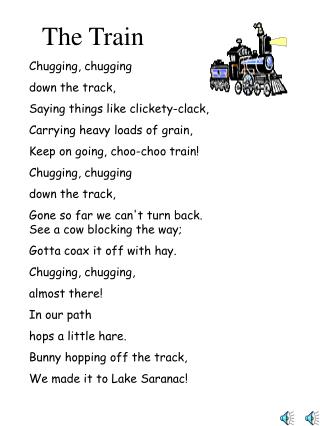
There is a good way to determine if a herd has enough fiber in its diet: if at any time of the day or night 1/3 of the livestock is chewing, the diet is correct.
The role of rumen microflora
Science has proven that up to 80% of the ruminant microflora's energy needs are met due to enzymes of the rumen microflora, 30 - 50% - in protein, largely in macro- and microelements and vitamins, digested from 50 to 70% crude fiber diet. nine0003
In the proventriculus of ruminants, mainly anaerobic microorganisms develop: protozoa (ciliates) and bacteria.
The composition of the microflora of the rumen of ruminants varies widely depending on the type of feed: ciliates - from 200 thousand to 2 million per 1 ml, bacteria - from 100 million to 10 billion per 1 ml. The species composition of microorganisms is also wide: bacteria - more than 200 races, protozoa - more than 20 species.
Growth and reproduction of some microorganisms are accompanied by autolysis and death of others, therefore living, decaying and dead microorganisms are always present in the rumen. nine0003
nine0003
Species composition depends on which feed prevails in the diet. When the diet changes, the population of microorganisms also changes. Therefore, it is important for ruminants to gradually transition from one diet to another.
The simplest cicatrices belong to the ciliate subtype, a class of ciliary ciliates, consisting of a dozen genera and many (about 100) species. They enter the proventriculus, like many other microorganisms, with food and multiply very quickly (up to 4-5 generations per day). In 1 g of the contents of the scar there are up to 1 million ciliates, their sizes range from 20 to 200 microns. nine0003
Ciliates play an important biological role in cicatricial digestion. They subject the feed to mechanical processing, use indigestible fiber for their nutrition and, thanks to their active movement, create a kind of microcirculation of the environment. Inside the ciliates, you can see the smallest particles of food eaten by the animal. Ciliates loosen, grind the food, as a result of which its surface increases, it becomes more accessible for the action of bacterial enzymes.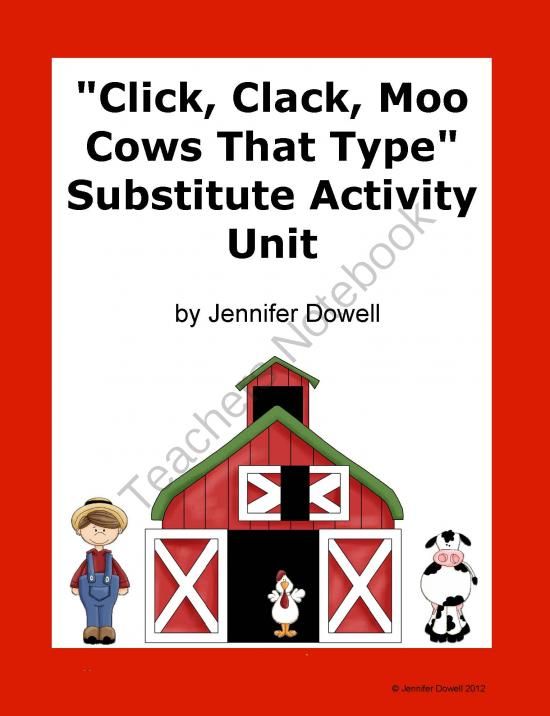 Ciliates, digesting proteins, starch, sugars and partly fiber, accumulate polysaccharides in their body. Their body protein has a high biological value. nine0003
Ciliates, digesting proteins, starch, sugars and partly fiber, accumulate polysaccharides in their body. Their body protein has a high biological value. nine0003
Of the bacteria in the pancreas, there are cocci, streptococci, lactic acid, cellulolytic and others that enter the rumen with food and water and, thanks to optimal conditions, actively multiply. The most important rumen microorganisms are cellulolytic . These bacteria break down and digest fiber, which is of great importance for the nutrition of ruminants.
Amylolytic bacteria, mainly streptococci, are represented in the rumen by a large group. They are found in the rumen when given various diets, their number especially increases when grain, starchy and sugary feeds are used. nine0003
Lactic acid bacteria in the pancreas play an important role in the fermentation of simple carbohydrates (glucose, maltose, galactose, lactose and sucrose). Lactic acid bacteria are of great importance in dairy feeding.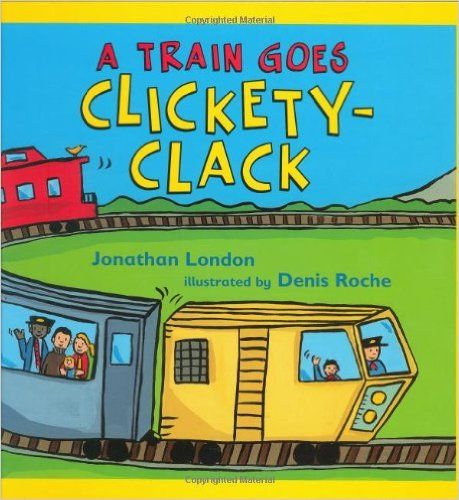
There is a symbiotic relationship between all types of microorganisms: the active reproduction of some species can stimulate or inhibit the reproduction of others. Thus, the development of streptococci inhibits the growth of lactic acid bacteria, and vice versa, the active reproduction of lactic acid bacteria creates an unfavorable environment for the life of streptococci. nine0003
A close relationship was found between the chemical composition and nutritional value of the feed substrate, the number of rumen microorganisms and the productivity of animals.
Substrates with a high content of nitrogen, protein, fat, BEV have a greater stimulating effect on the growth and reproduction of the rumen microflora compared to substrates with a lower content of these indicators.
Optimal feed substrates for reproduction of rumen microorganisms are characterized by acetic acid type of fermentation and the pH of the medium is closer to neutral - from 6.6 to 6.9.
Less optimal fodder substrates are characterized by the propionic-oil type of fermentation and a more acidic pH of the medium - from 6.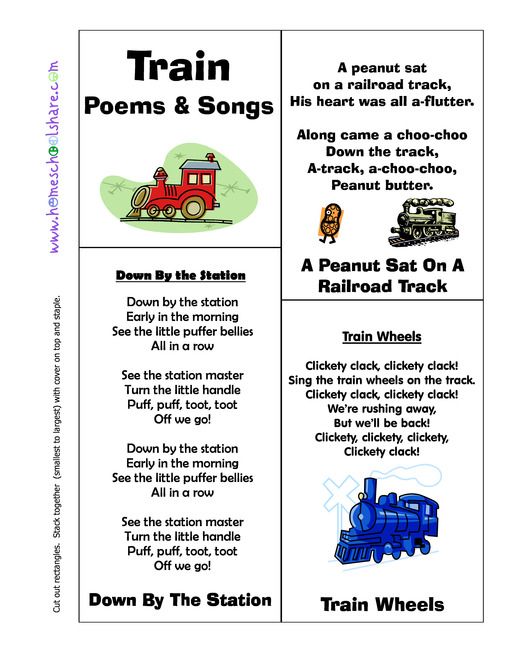 2 to 6.5. At the same time, a large additional load on the neutralization of cicatricial contents falls on the salivary glands.
2 to 6.5. At the same time, a large additional load on the neutralization of cicatricial contents falls on the salivary glands.
Thus, there is a direct relationship between the number of bacteria and ciliates in the ruminal content and the productivity of ruminants. The greater the number of microorganisms in the rumen, the higher the level of animal productivity.
There are three interacting environments in which microbes reside in the rumen. nine0131 The first is the liquid phase where free-living microbial groups in the rumen fluid feed on soluble carbohydrates and protein. This phase makes up to 25% of the microbial mass.
The second is a solid phase where microbial groups bound or attached to the feed particles digest insoluble polysaccharides such as starch and fiber (fiber) as well as less soluble proteins. This phase can be up to 70% of the microbial mass.
third phase, 5% of microbes are attached to the epithelial cells of the scar or to protozoa. The feed ration fed to a dairy cow affects the number and relative ratio of different microbial species in the rumen. One of the most common nutrition management problems in farms is sudden changes in ruminant feed rations to include more concentrated feed.
The feed ration fed to a dairy cow affects the number and relative ratio of different microbial species in the rumen. One of the most common nutrition management problems in farms is sudden changes in ruminant feed rations to include more concentrated feed.
The role of gastric fermentation
The rumen contains many different types of bacteria and protozoa. Fungi are also part of the normal rumen microbial population. The type of feed consumed by the cow determines which type of bacteria dominates in the stomach, which in turn determine the amount and proportion of volatile fatty acids excreted, which are used by the cow as an energy source.
The rumen environment is favorable for the growth of microorganisms. PH (acidity) is in the range from 5.5 to 7.0; temperature ranges from 39° to 40°, which is the optimal condition for many enzymes. Oxygen, which is toxic to many types of bacteria, is almost absent in the rumen. There is enough food, which is supplied more or less constantly.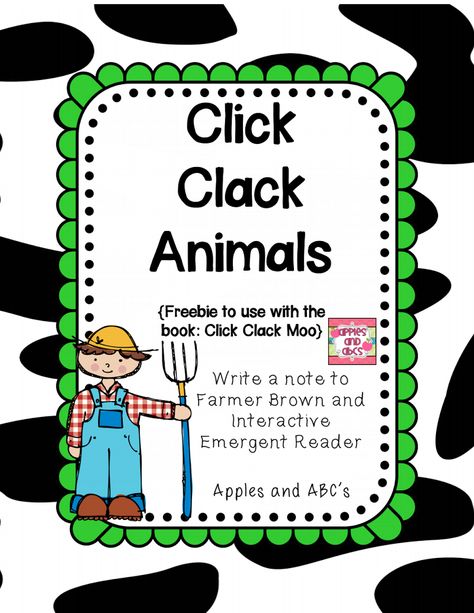 The end products of fermentation - volatile fatty acids and ammonia - are absorbed by the rumen walls.
The end products of fermentation - volatile fatty acids and ammonia - are absorbed by the rumen walls.
The number of bacteria in the rumen during the day varies in direct proportion to the amount of energy available to microbes, which, in turn, is directly proportional to the amount of energy received through feed. nine0003
Enzymatic processes in the rumen give the cow the following advantages:
I. Possibility of obtaining energy from complex carbohydrates contained in fiber and fibrous structures of plants.
II. The ability to compensate for protein and nitrogen deficiency.
III. Rumen microorganisms have the ability to use non-protein nitrogen to form their own cell protein, which is then used by the animal to form milk protein.
IV. Synthesis of vitamins of group B and vitamin K. In most cases, with the normal functioning of the rumen, the cow's body is able to provide its own needs for these vitamins. nine0003
V. Neutralization of certain toxic substances in feed.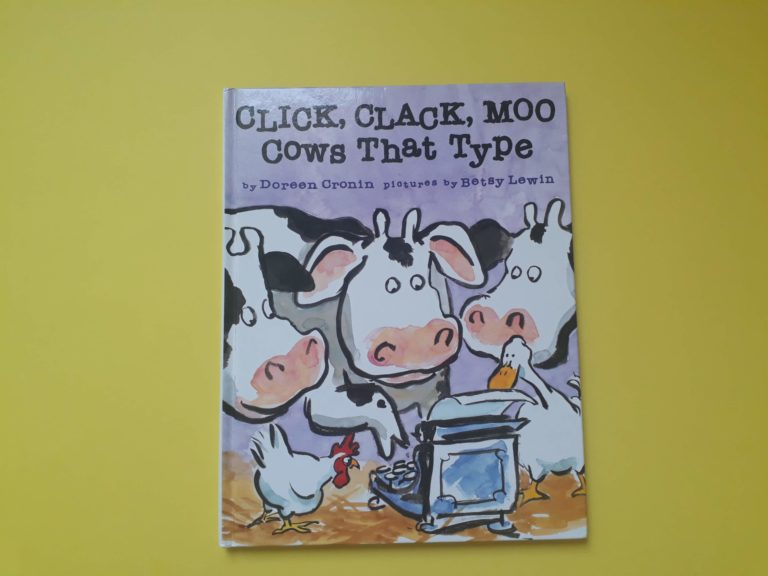
However, along with the positive, there are also negative aspects of gastric fermentation. These include:
The fermentation of carbohydrates is accompanied by a loss of energy in the form of released gases (methane, carbon dioxide).
Protein of high nutritional value is partially destroyed with possible loss of nitrogen in the form of ammonia. The fact is that bacteria are not able (due to lack of energy) to use all the ammonia formed during the fermentation of proteins to build the protein of their own cells. Excess ammonia is absorbed through the walls of the scar into the blood, and then excreted in the urine in the form of urea. nine0003
Formation of gases in the rumen In the process of fermentation of feed in the rumen, in addition to volatile fatty acids, gases (carbon dioxide, methane, hydrogen, nitrogen, hydrogen sulfide) and a very small amount of oxygen are formed.
The amount and composition of the gases formed in the rumen are not constant and depend both on the feed contained in the diet, the age of the animal, the ambient temperature, and on many other factors.
According to some reports, large animals produce up to 1000 liters of gases per day when consuming easily fermentable and succulent feeds, especially legumes, which can lead to acute swelling of the rumen (tympania). nine0003
The gases formed in the rumen are removed from the body, mainly by regurgitating food during chewing. A significant part of them is absorbed in the rumen, transported by blood to the lungs, through which they are removed with exhaled air.
Carbon dioxide is removed to a greater extent through the lungs, and methane to a lesser extent. Some of the gases are used by microorganisms for further biochemical and synthetic processes.
Fiber breakdown mechanism
Fiber is a complex polysaccharide. It makes up the bulk of the food for farm animals. In vegetable feed it contains up to 40-50%.
In the digestive juices of animals there are no enzymes that digest fiber, but in the proventriculus of ruminants 60-70% of digestible fiber is broken down by cellulolytic bacteria.
Fiber is of great physiological importance for ruminants not only as a source of energy, but also as a factor that ensures normal pancreatic motility. Bacterial enzymes break down fiber (a complex polysaccharide) into simpler forms: first to disaccharide cellubiose and then to the monosaccharide glucose . The cleavage products of fiber in the rumen undergo various types of fermentation.
Mechanism of starch breakdown
In the rumen of ruminants , starch is easily fermented to form volatile and non-volatile fatty acids. Bacteria and ciliates break down starch. The latter digest starch, capturing its grains. Bacteria attack starch from the surface. Bacteria and ciliates, breaking down starch, accumulate intracellular polysaccharide glycogen , as well as amylopectin , which ferments slowly and for a long time, which contributes to maintaining the constancy of biochemical conditions in the rumen and prevents the occurrence of intense fermentation when fresh food is received.
Simple sugars (disaccharides and monosaccharides) are always found in grass and other feeds, and are also formed in the rumen as an intermediate fermentation product during the breakdown of cellulose and hemicellulose.
Fermentation of sugars produces lactic, acetic, propionic and butyric acids. The intensity of fermentation processes is very high, up to 4 liters of volatile fatty acids (VFAs) are formed in the rumen per day.
The volatile fatty acids formed in the rumen are almost completely absorbed in the proventriculus. In the free state, they are absorbed better than their salts. Absorbed VFAs are used by the ruminant organism as the main source of energy and as initial components in various assimilatory processes: they serve as one of the sources of fat formation. nine0003
Mechanism of protein breakdown
In the rumen of ruminants, under the action of proteolytic enzymes of microorganisms, vegetable feed proteins are broken down to peptides, amino acids, and then to ammonia.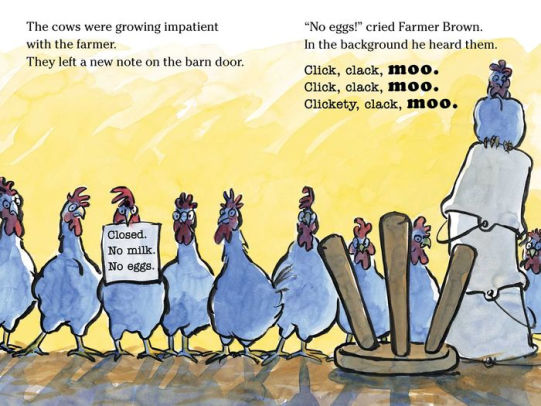 Rumen microorganisms can use not only protein, but also non-protein nitrogenous substances.
Rumen microorganisms can use not only protein, but also non-protein nitrogenous substances.
In the process of life, microorganisms synthesize the proteins of their body. From ammonia and digestion products of feed carbohydrates, microorganisms synthesize a more complete protein, which includes all essential and non-essential amino acids. nine0003
Moving along with the feed mass through the digestive tract, microorganisms are digested and used by the animal's body, delivering a more complete protein compared to that received with feed. Due to microorganisms, ruminants receive about 100 g of complete protein per day.
In this regard, there is an opinion that ruminants are less sensitive to the lack of amino acids in the diet. Indeed, the amino acids synthesized by the ruminal microflora are sufficient to satisfy the needs of animals with medium and low productivity under normal feeding conditions. nine0003
But this amount of amino acids is not enough to ensure the normal growth and development of young animals or high productivity of cows. At the same time, the degree of synthesis of various amino acids is not the same.
At the same time, the degree of synthesis of various amino acids is not the same.
Fat breakdown mechanism
Feed lipids are also converted in the rumen of ruminants. Lipids include: mono- and digalactosylglycerides, phospholipids, triglycerides, sterols, sterol esters, wax and free fatty acids.
Rumen bacteria play an important role in fat metabolism. It is noted that more lipids enter the intestines than they are contained in the feed. This is explained by the fact that a significant part of the lipids entering the intestines are lipids of microorganisms, the role of which in the hydrogenation of unsaturated fatty acids, lipid hydrolysis and their synthesis from non-lipid components is very large. nine0003
Under the action of bacterial lipases, plant fats are hydrolyzed, and unsaturated fatty acids are released, which are hydrogenated. At a low rate of lipolysis, the intensity of hydrogenation decreases.
Bacterial lipases break down sterols, methyl and ethyl esters, macromolecular fatty acids, galactosylglycerols, lecithin and lysolecithin, and the products formed during hydrolysis are destroyed with the release of mainly propionic acid.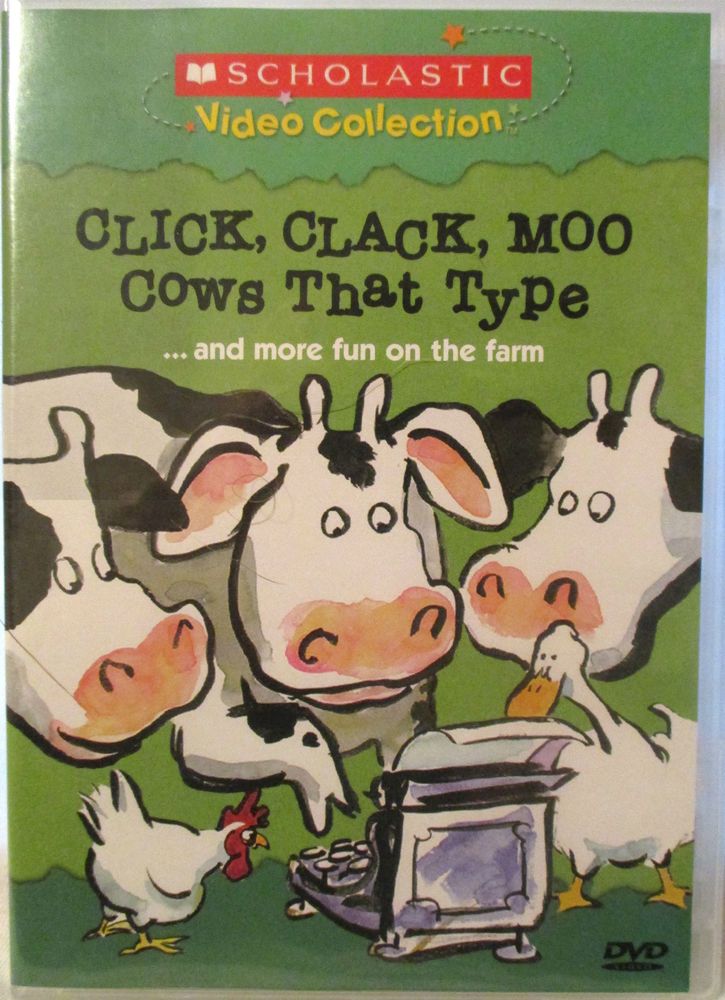
Mechanism of vitamin synthesis
In the process of vital activity, rumen microorganisms also synthesize vitamins of group B: riboflavin (B2), thiamine (B1), nicotinic acid, (B5) folic acid (B9), pantothenic acid (B3), biotin (H) , pyridoxine (B6), cyanocobalamin (B12), as well as fat-soluble vitamin K (phylloquinone).
Therefore, adult ruminants with a balanced diet do not need to add these vitamins to the diet, but young animals, in which the rumen is not yet functioning, should receive them with food. nine0003
The following pattern of vitamin synthesis has been established. If the amount of vitamins in the feed is increased, then the volume of their synthesis in the rumen decreases.
The synthesis of vitamins also depends on the presence of the necessary precursors, such as cobalt for the synthesis of cyanocobalamin.
Phenomena occurring in the rumen
In the rumen - roughage 1. 5-3 cm long, while they stay afloat in the upper part (especially the tubular parts), create a continuous cover called "litter", "mate", "raft". The strong muscular walls of the rumen periodically shake up the contents, thereby churning the upper part into a denser mass of “mat”, and everything else is mixed, which helps small pieces of “cracker” (roughage particles) disintegrate, become swollen with moisture, ferment and fall into cabbage soup advancing to the grid. nine The role of the "mate" in the life of the cow
5-3 cm long, while they stay afloat in the upper part (especially the tubular parts), create a continuous cover called "litter", "mate", "raft". The strong muscular walls of the rumen periodically shake up the contents, thereby churning the upper part into a denser mass of “mat”, and everything else is mixed, which helps small pieces of “cracker” (roughage particles) disintegrate, become swollen with moisture, ferment and fall into cabbage soup advancing to the grid. nine The role of the "mate" in the life of the cow
The occurrence of rumen acidosis will depend on whether the cow has formed her "mate" or not. Basically, over-ground silage from corn and grasses plays a fatal role in farms.
An important property of the “mat” is the ability to retain concentrated feed on its surface and inside for longer preparation (swelling) under the action of rumen fluid and better digestibility in the intestines. In cases when particles of crushed grain pass along with corn silage (found in feces), this indicates that the cow has not formed a “mate”, that the cow has acidosis, that the digestibility of roughage has decreased (from 67 to 40% and less), and that the economy suffers irreparable economic losses.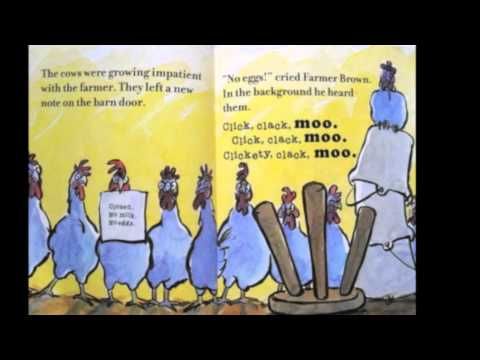 nine0003
nine0003
An indispensable property of "mat" (long-fiber fiber) is that it alone affects the rate of release of the contents of the stomach or its passage through the digestive tract. The revolutions (capacity) of the scar depend on this. All this is based on the ability of fiber to swell inside the digestive tract, increase viscosity and, thereby, speed up or slow down the passage of its contents (chyme).
Fiber swelling is influenced by the amount of saliva entering the rumen and the residence time of fiber in the rumen. nine0003
In those agricultural organizations where over-ground voluminous feed is used (and they also contain a sufficient amount of fiber), the time spent in the cow's rumen is short, in addition, saliva is released 2 times less due to the weakening of the chewing gum. Consequently, fiber does not swell, which means that it ceases to play the role of a regulator of the speed of chyme movement. As a rule, with acidosis, feces become more liquid. A concomitant factor in this case is the additional removal of nutrients and microelements from the body due to the rapid passage through the digestive tract of the digested nutrients of other dietary feeds, which makes it difficult for them to be absorbed by the intestinal epithelium. nine0003
nine0003
However, with large, exceeding physiological norms, summer residences of long-fiber fiber, the release of the gastrointestinal tract slows down. The number of rumen turnovers decreases, ration consumption decreases, and hence productivity. It is important to draw your attention to the fact that the "mat" is a favorable habitat for bacteria and ciliates that ferment fiber.
Rumen acidity
Rumin acidity is one of the most variable factors that can affect microbial populations and levels of VFAs produced. nine0003
Bacteria capable of digesting fiber are most active at acidity in the range of 6.2 - 6.8. Bacteria that digest starches prefer a more acidic environment (pH - 5.4 - 6.2).
The number of certain protozoan species can be significantly reduced at an acidity of 5.5. To accommodate all of these requirements, conventional feeding practices should maintain an acidity range of 6.2 - 6.7.
The main conclusion for practitioners! nine0006
It must always be remembered that in reality we “feed” the scar microflora, so its requirements should be followed.


